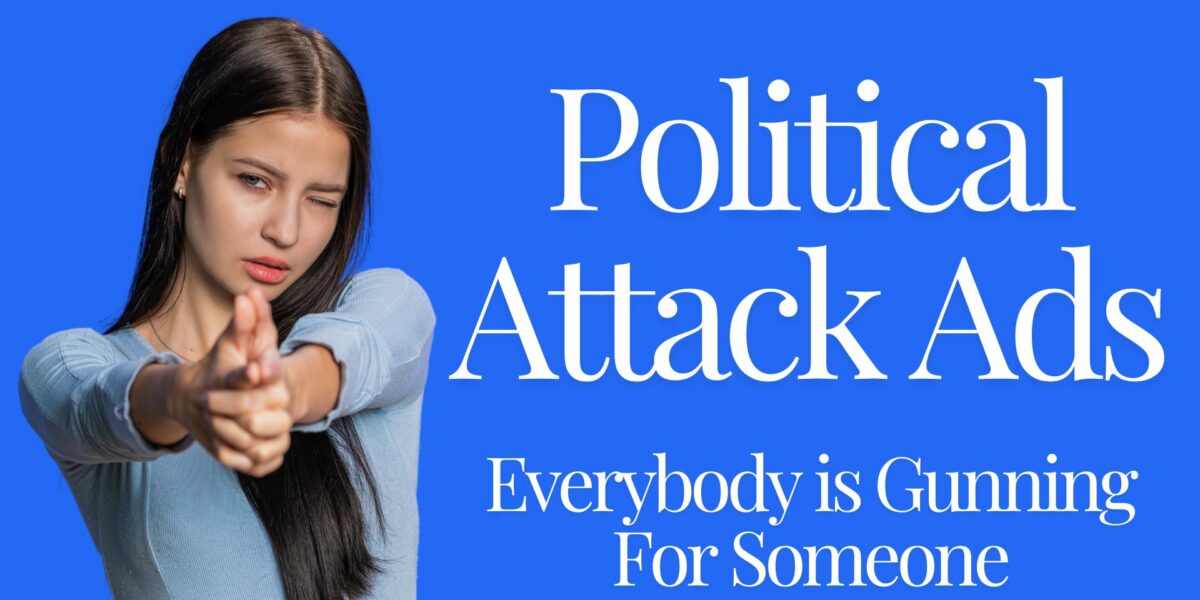“Our customers are different,” says a prospective client in our first meeting. If I’ve heard that once, I’ve heard it a hundred times.
I’ve been told “Our customers are different” by retailers, wholesalers, manufacturers, medical professionals, brokers, bakers and consultants.
“Our customers are different,” says the owner of the limo company and the marketing director at a paint manufacturer. “Our customers are different,” say the farmers, faucet makers and funeral directors. “Our customers are different,” say the utility companies, the libraries and the athletic clubs.
People in almost every business and non-profit organization believe their customer is different from every other customer.
But they are not. Customers are people. And people pretty much want the same things.
They want to acquire goods and services and information that they, in their minds at least, need.
People also seek goods and services and information which they don’t necessarily need, but really want. Getting those things satisfies them and makes them at least temporarily happy.
So are we selling happiness? Maybe.
Psychologists say we need three things to be happy:
- Something to do.
- Someone to love.
- Something to look forward to.
I would agree with that assessment.
But the “something to do” may be a job that pays the bills — but one you don’t necessarily really enjoy. It may be a mission or objective you feel you need to carry out.
The “someone to love” may not be a romantic partner. Maybe it’s a dog or a cat…a nephew or a niece…or a close group of friends.
Something to look forward to is what keeps us getting up day after day. Maybe it’s retirement and a big bank account…a business of your own or a vacation.
Maybe it’s something as modest as the five o’clock quitting time, a beer after work with friends, or a good book.
Culture, customs and tastes may dictate preferences. But in the big picture, we all pretty much want the same things.
So what is different about your customer? Typically it’s the language — the words that describe what they want.
Here are three examples:
- The customer (a Harley Davidson owner) wants a “Gremlin Bell.” A “Gremlin Bell” is a tiny bell that hangs beneath their motorcycle. It supposedly has magic powers that keeps the rider safe by attracting and trapping gremlins or demons that cause the owner to drop their bike or get in an accident. Gremlin bells must be given as a gift because if the motorcycle owner buys it, the magic won’t work.
- The customer owns an airplane. He wants to buy an “APU.” An APU powers everything on an aircraft except the actual engine, although it may be used to help start that engine. APUs are also used to run accessories while the engines are shut down. This allows the cabin to be comfortable while the passengers are boarding before the aircraft’s engines are started.
- The customer is a chef, or someone who likes to cook. He wants to buy a “Skimmer.” A skimmer is a kitchen utensil, usually made with stainless steel, that is similar to a ladle in length. But instead of a scoop, the end is flat and has holes in it. It’s used to skim fats off the surface of simmering sauces and soups, and also for deep frying vegetables.
Are these customers really that different from each other? They all want to buy something they want or need to make themselves happy.
Remember, different customers may use different words. But marketing to any customer comes down to offering what makes them happy.













Comment